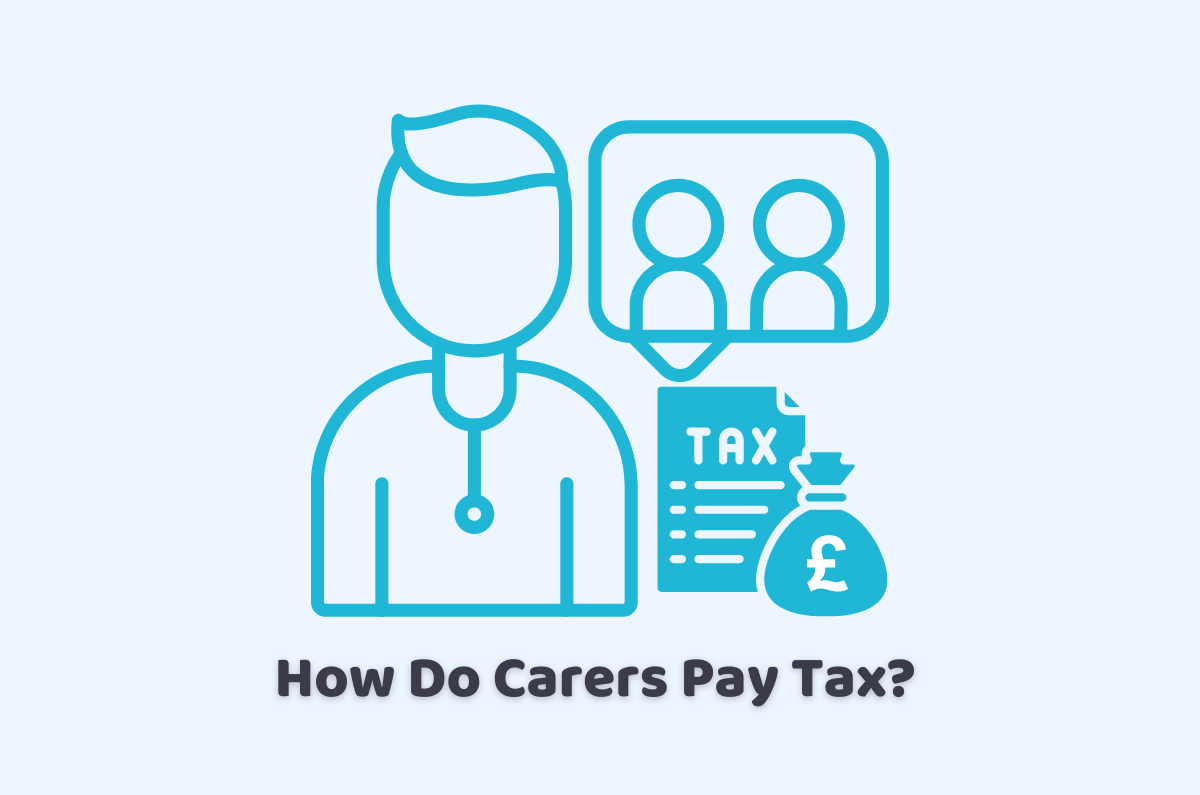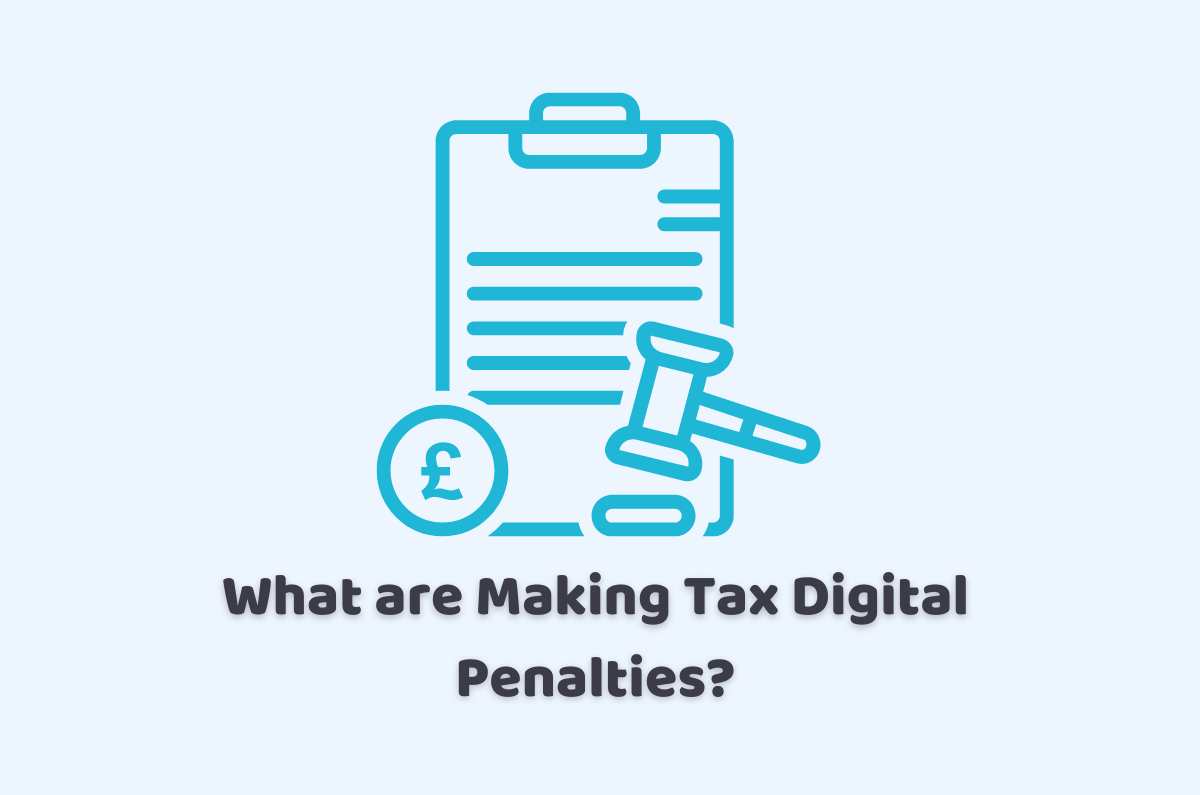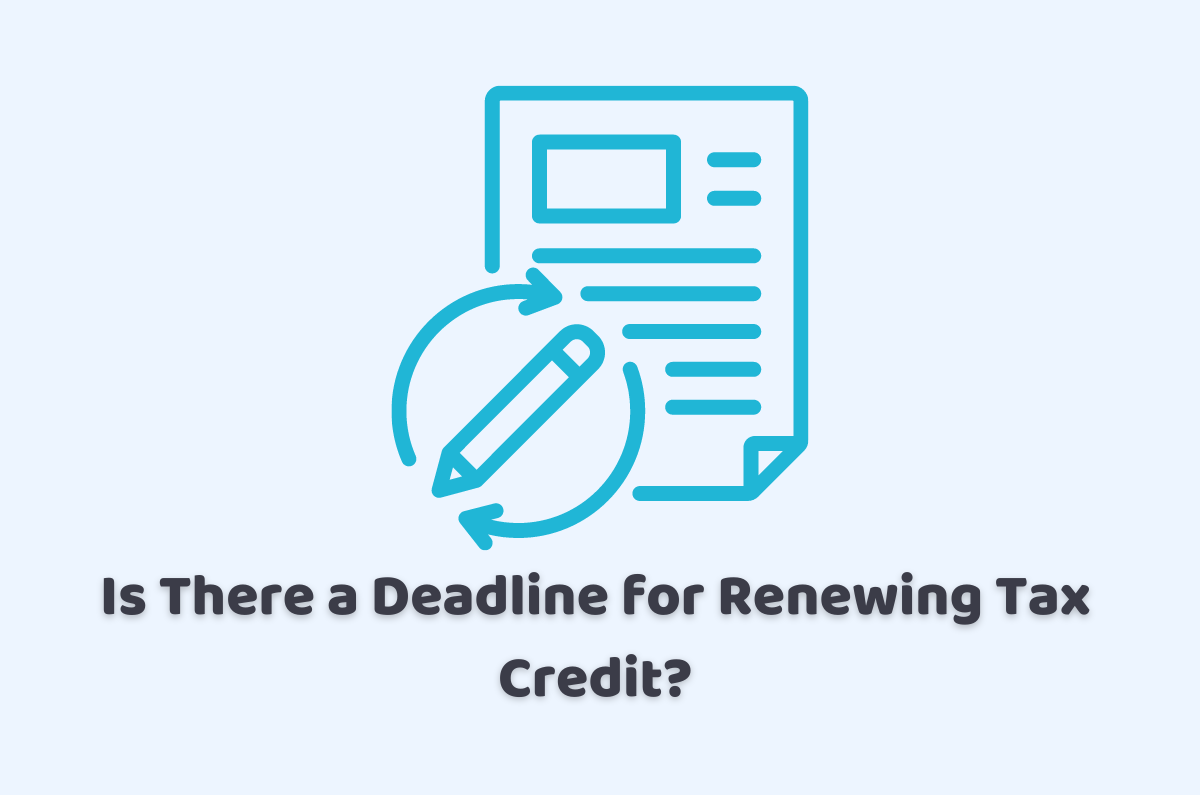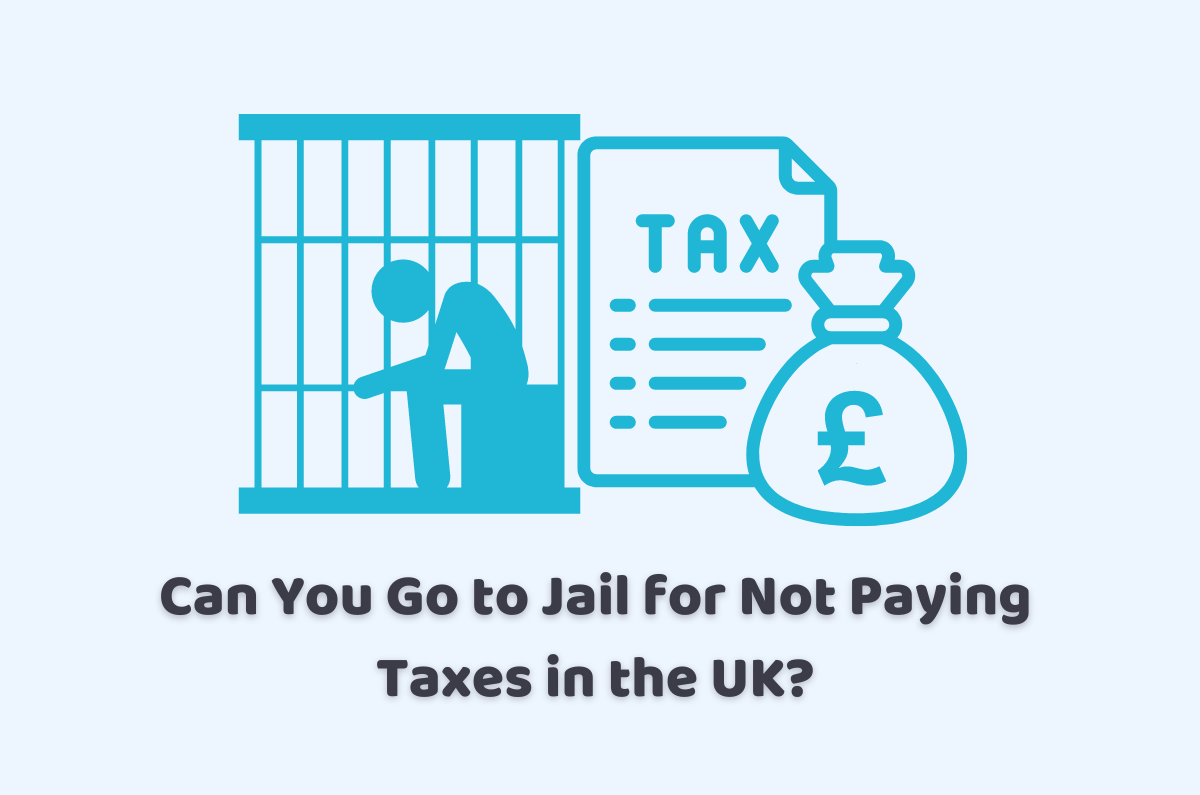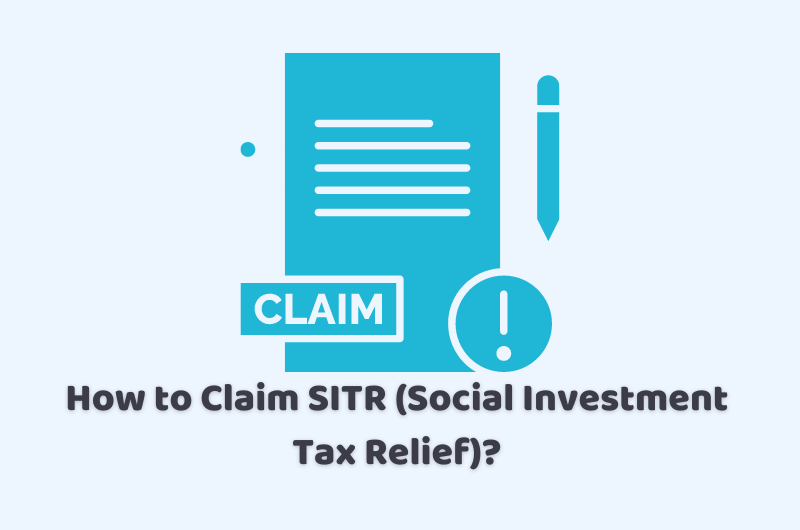28/03/2024tax , Tax Issues , Tax News and Tips
Is there an MTD deadline? Making Tax Digital is a digital transformation initiative by the UK Government. It aims to simplify tax management and promote tax compliance by introducing digitalisation and automation into the tax system. It is being implemented in two phases: Digital connectivity and Digital Accounts. Phase 1 of the MTD program covers …
Read more


